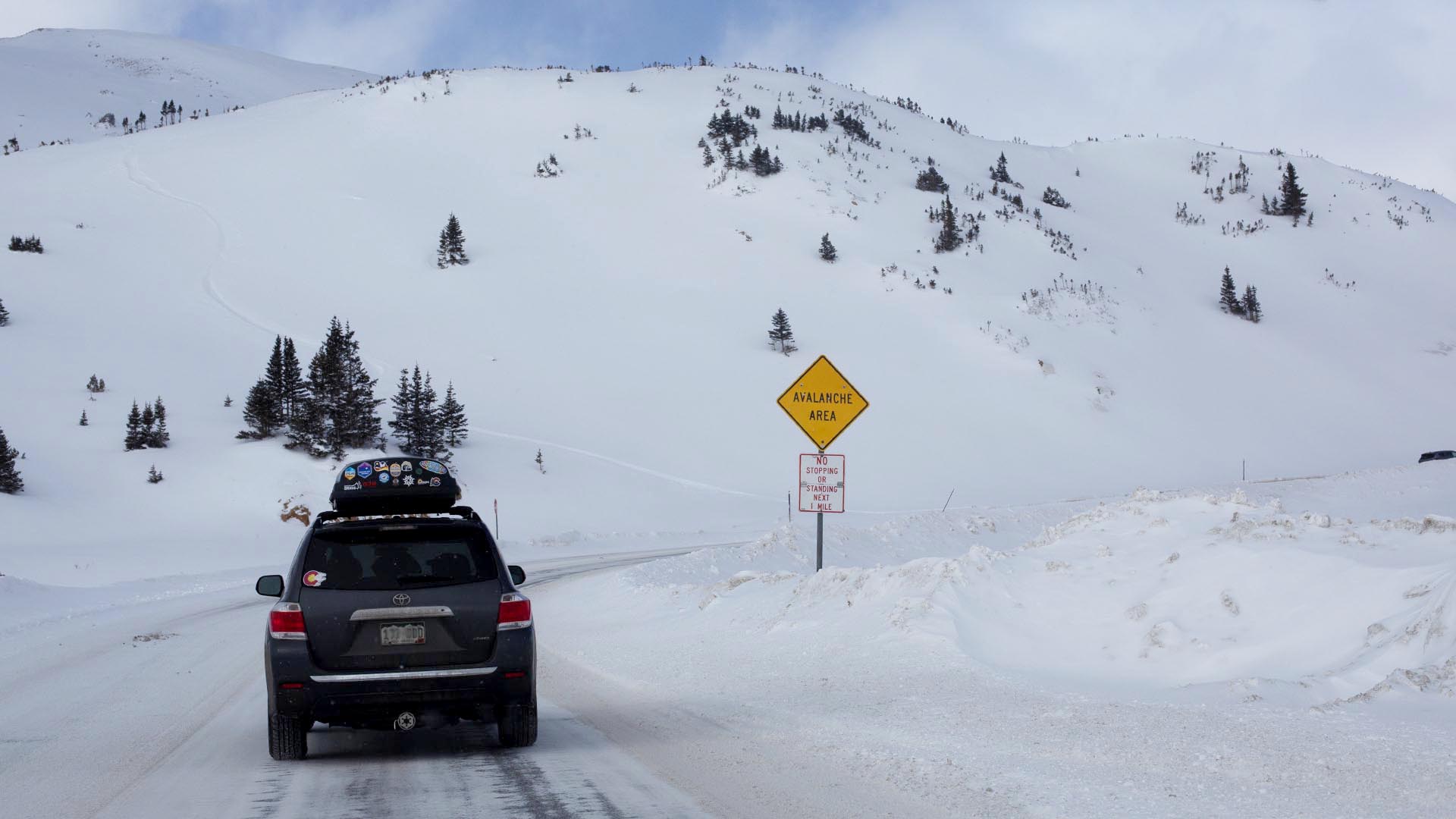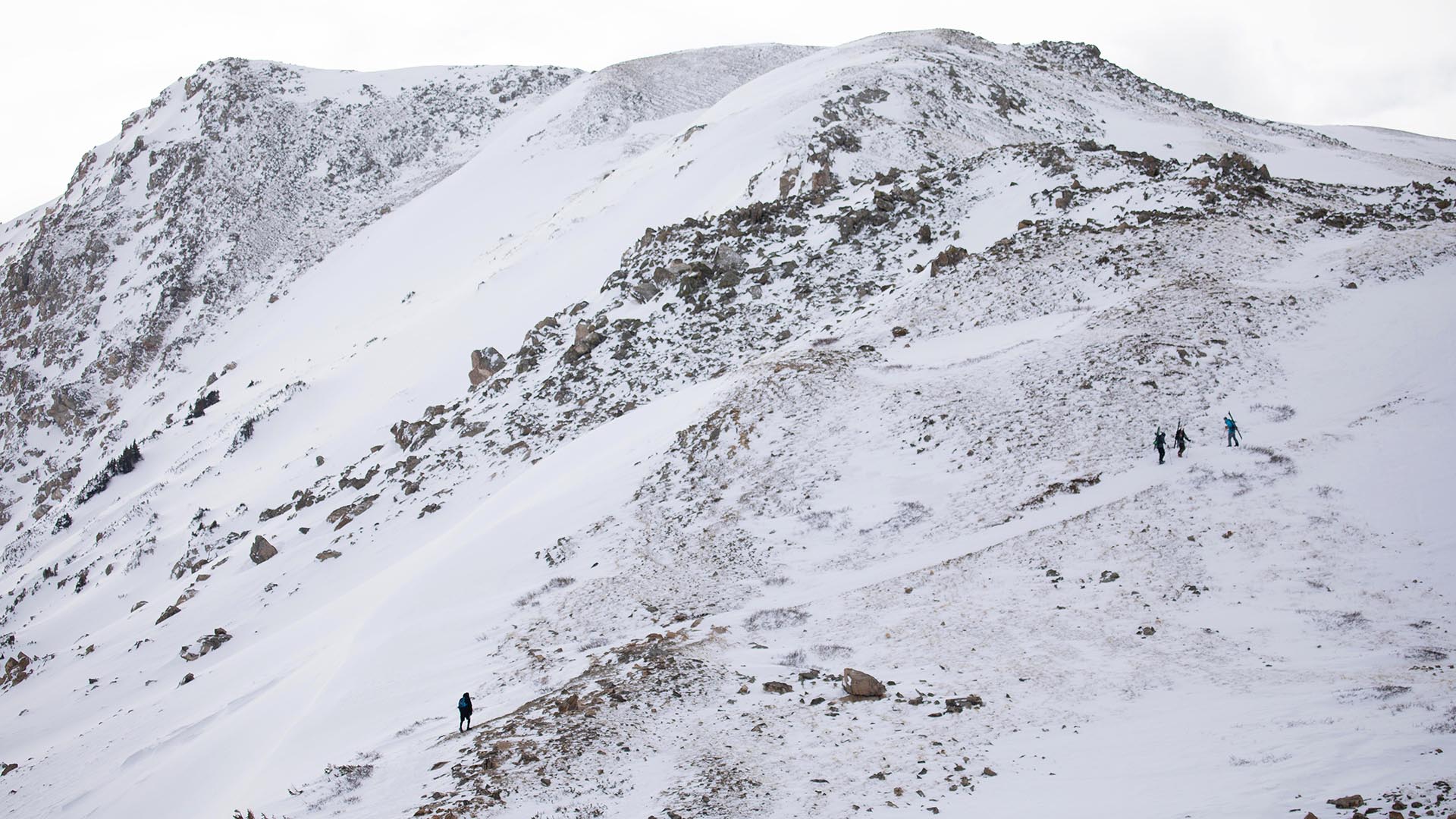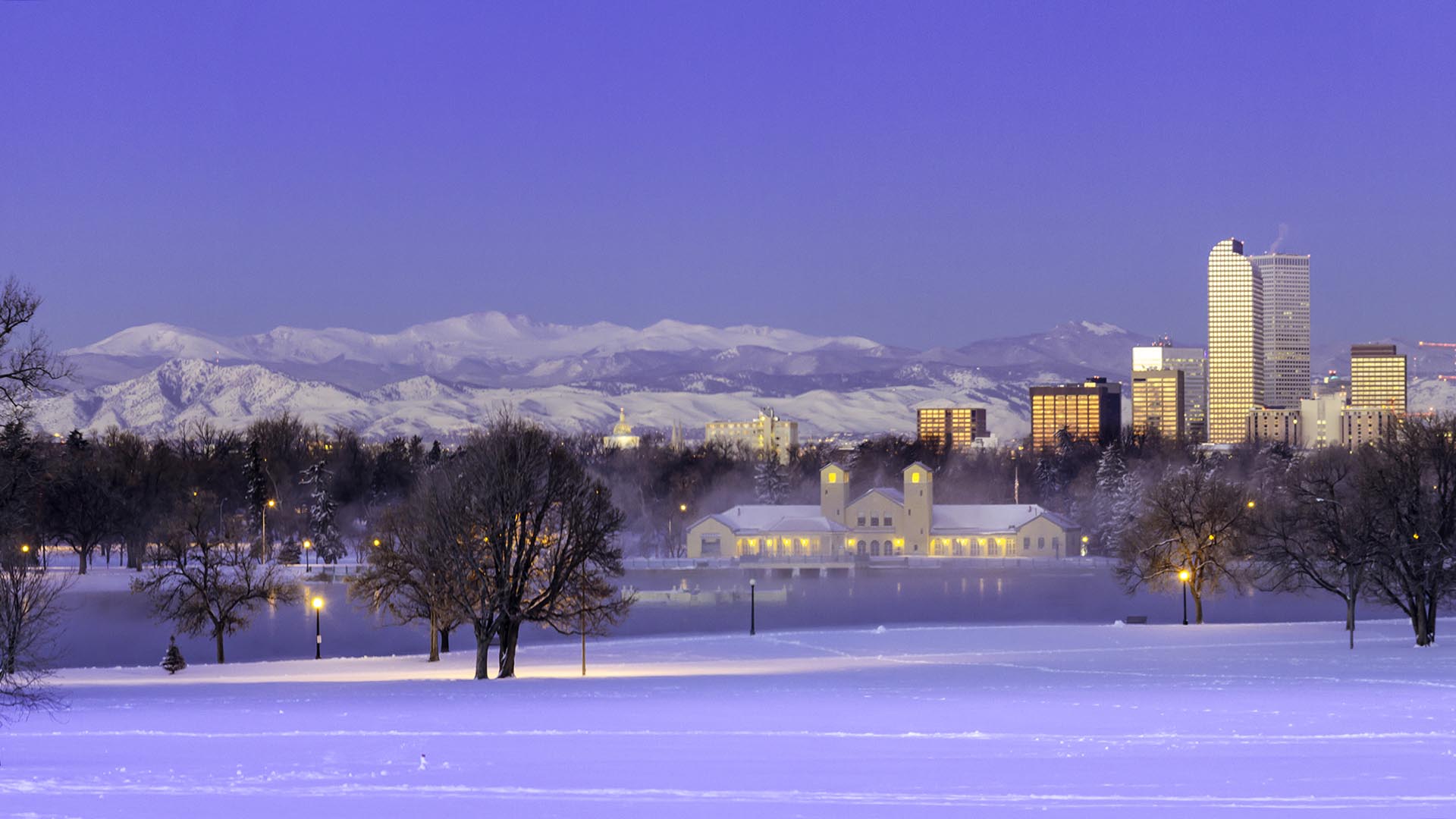What’s behind this year’s deadly avalanche season and how to prepare
A hydrology expert explains why the snow is so unstable in Colorado and what backcountry enthusiasts can do to stay safe.

After 870 avalanches and four fatalities in the past month, it already looks like a dangerous winter for those who enjoy the backcountry in Colorado.
The state sees more avalanche deaths than any other in the country. Last ski season, seven people died in snowslides, and during the 2020-21 season the number was 12, according to the Colorado Avalanche Information Center.
Hydrologist Tom Bellinger, affiliate professor of Earth and Atmospheric Sciences at Metropolitan State University of Denver, explains why conditions are so dangerous and offers expert advice to help backcountry skiers, snowboarders, snowmobilers and hikers stay safe in the mountains.
Can you briefly explain the weather conditions that created such a hazardous season?
We had a strong start to the winter with a good deal of snow in the mountains and on the plains. But the first big snow was very dry and light compared to the later snowfall that came in December and early January, which was heavier and more prone to gravitational pull on the slopes.
Those later storms basically left thick slabs of heavy snow sitting atop weaker layers at the bottom of the snowpack, which created an unstable situation. And that’s why we have seen so many avalanches this season.

According to the Colorado Avalanche Information Center, Colorado has seen not only more avalanches than usual this season, but they are also getting bigger. Why is that?
It’s partly due to the large amounts of snow we’ve seen, plus the top-heavy evolution of the snowpack to date. And bear in mind: This could be a very cold and generally snowy winter, which will only add to the risk involved.
In just the past month, nine people have been caught in slides and four people have been killed. So I’d urge skiers to stay keenly aware of current conditions and carefully check avalanche forecasts before exploring unmonitored and ungroomed backcountry areas. The next few days will be key since the pack conditions and expected snowfall could potentially spark yet more serious incidents.
Why do you think fatalities are generally higher when there’s a lower (“moderate” or “considerable”) avalanche risk, rather than a “high” level?
People often don’t understand the volatile nature of snowpack or the serious risks that can quickly build up over a few days or even a few hours. Anyone going out into heavy-snow areas should remember to first check the weather and avalanche conditions before setting out. Then, keep checking the conditions even while you’re out in the area. And always take the proper safety equipment along because it could mean the difference between life and death if your activities involve any risk. Basically, be prepared and stay prepared.
All of this season’s fatal avalanches were triggered by human activity. Is it safe to say areas with elevated danger should be avoided?
Yes, that’s right. Anyone who skis, hikes or uses a snowmobile risks the possibility of disturbing an unstable snowpack, which can easily occur through the vibrations created by their activity. If a pack is insecure and has a heavy snow load, it doesn’t take much at all to trigger the kind of massive failure that can send snow careening over a large area, creating dangerous conditions for those close by and even some distance away.
RELATED: Deadly Colorado avalanches underscore dangers of unstable snowpack
What signs of avalanche risk should people look out for in the mountains?
Areas that sustain frequent avalanches often show signs of it. Particularly after heavy snowfall, avoid areas with toppled trees, large forest clearings or signs of a scarred landscape — all of which might suggest a potential “highway” for large avalanche slides. Also, be careful around cornices along ridgelines, which can easily break off and trigger mass slides on the slope below.
For frequent skiers or snowmobilers, I’d recommend getting trained in how to dig a snow pit, so you can quickly assess a location’s snow layering (and thus avalanche risk) before venturing onto a slope. The CAIC’s training resources can quickly teach you how to assess local avalanche risks, and then you can promote the general good by reporting your findings back to (the CAIC).
What are MSU Denver students currently doing in this field of study?
|
How to stay safe in the mountains – Check avalanche forecasts and avoid traveling in backcountry areas with elevated danger. – Avoid steep slopes. Avalanches often occur on mountain slopes 30 to 45 degrees steep. – Wear an avalanche beacon, which helps rescuers locate a buried person. – Get avalanche safety training and take safety equipment (beacon, probe, shovel). – Watch for avalanche-terrain indicators such as toppled trees, young/mature trees grouped together and large forest clearings. – Beware of sounds of cracking and collapsing snow, which warn of an impending avalanche.
|
|
Following a Covid hiatus, the University’s popular Snow Hydrology course will return next fall. The class, which in the past included field trips to Berthoud Pass to dig avalanche-forecast snow pits, is a perfect fit for Colorado-based students interested in water resources, hydrology and hydrologic modeling.
As the impact of climate change and global warming steadily grows, what we can expect from avalanches in future years?
This is a great question but one that is difficult to answer. On one hand, climate change and the drying of the West may mean less snow or longer drought periods in the future, both of which would limit avalanche danger. But we are also now experiencing more extreme weather events, such as ferocious snowstorms and blizzards.
So theoretically, if we were to have extreme storms in the mountains on top of snow that had aged over a dry spell, those underlying weak layers would likely cause very unstable pack conditions, and that would actually lead to a higher avalanche risk.






